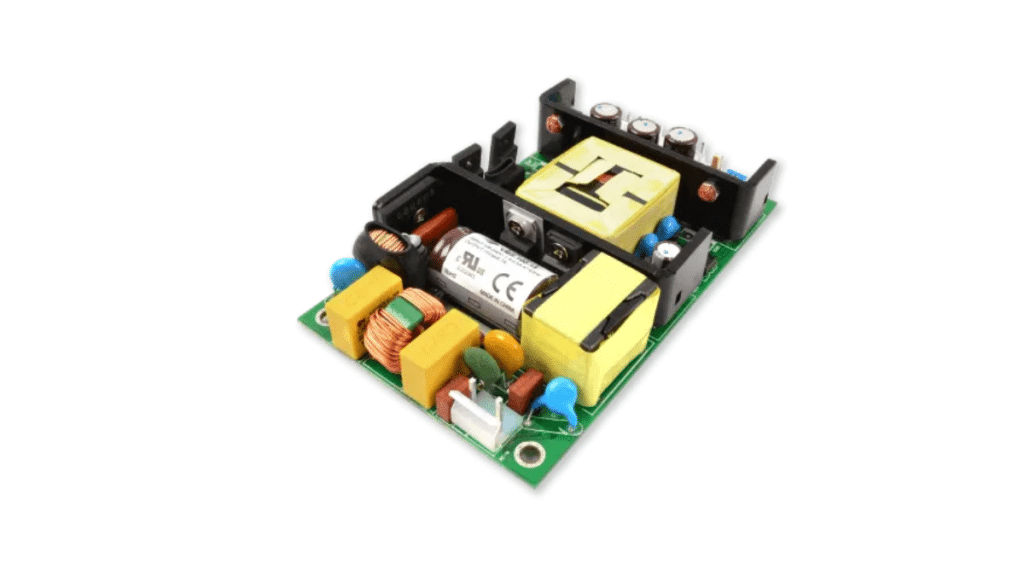The world runs on power, but did you know that there are numerous different types of power supplies that are used? Power is required for basic home appliances through to huge industries, and it is important that the right kind of power supply is used for the right application. This post will look at the main types of power products and the mechanisms under which they operate.
What is a Power Supply?
So, what exactly is a power supply? Essentially, a power supply is an electrical device that provides an electrical supply to electrical loads. The device will convert the electrical current to the right voltage, frequency, and current to the application.
AC/DC Power Supplies
AC/DC power supplies are hugely common as people will frequently use electrical devices that use both types of electricity. AC (alternating current) is the standard type of electricity that is provided to homes and businesses from the national grid. AC moves in waves, which means that it can travel a lot further than DC – this is why it is used in grid systems globally. Many standard devices use AC electricity, but many require DC, which is why AC/DC power supplies are so common.
DC (direct current) sees electrons take a linear path, unlike AC (where the current can reverse). DC can only run across short distances, but it does provide more consistent delivery of power to devices. This is why DC is used in devices like batteries, solar cells, and alternators.
DIN Railed Power Supplies
DIN railed power supplies clip onto a DIN rail, which is a metal rail that is used to mount industrial control and automation components. Therefore, you will generally only find this type of power supply in industrial settings. Installation and removal of this type of power supply is quick and easy, and they can be space-saving, but they might not be suitable for heavy-duty power requirements.
UPS
UPS (uninterruptible power supply) is essential in many industries. As the name suggests, UPS provides continuous power and is used as a backup when the regular power source fails. This can ensure business continuity and prevent costly downtime. UPS works by continuously monitoring the incoming AC power – this power is also converted to DC and will charge the USP’s internal battery. If there is a power outage or the voltage drops below a certain amount, the inverter circuit is activated to convert DC back into AC (this mimics the characteristics of the primary power supply).
It is amazing to consider how much people and businesses rely on power each and every day, but it is only when the power goes out that we think about it. The above are a few of the main types of power supplies that are relied on instantly throughout the day by both businesses and individuals.
